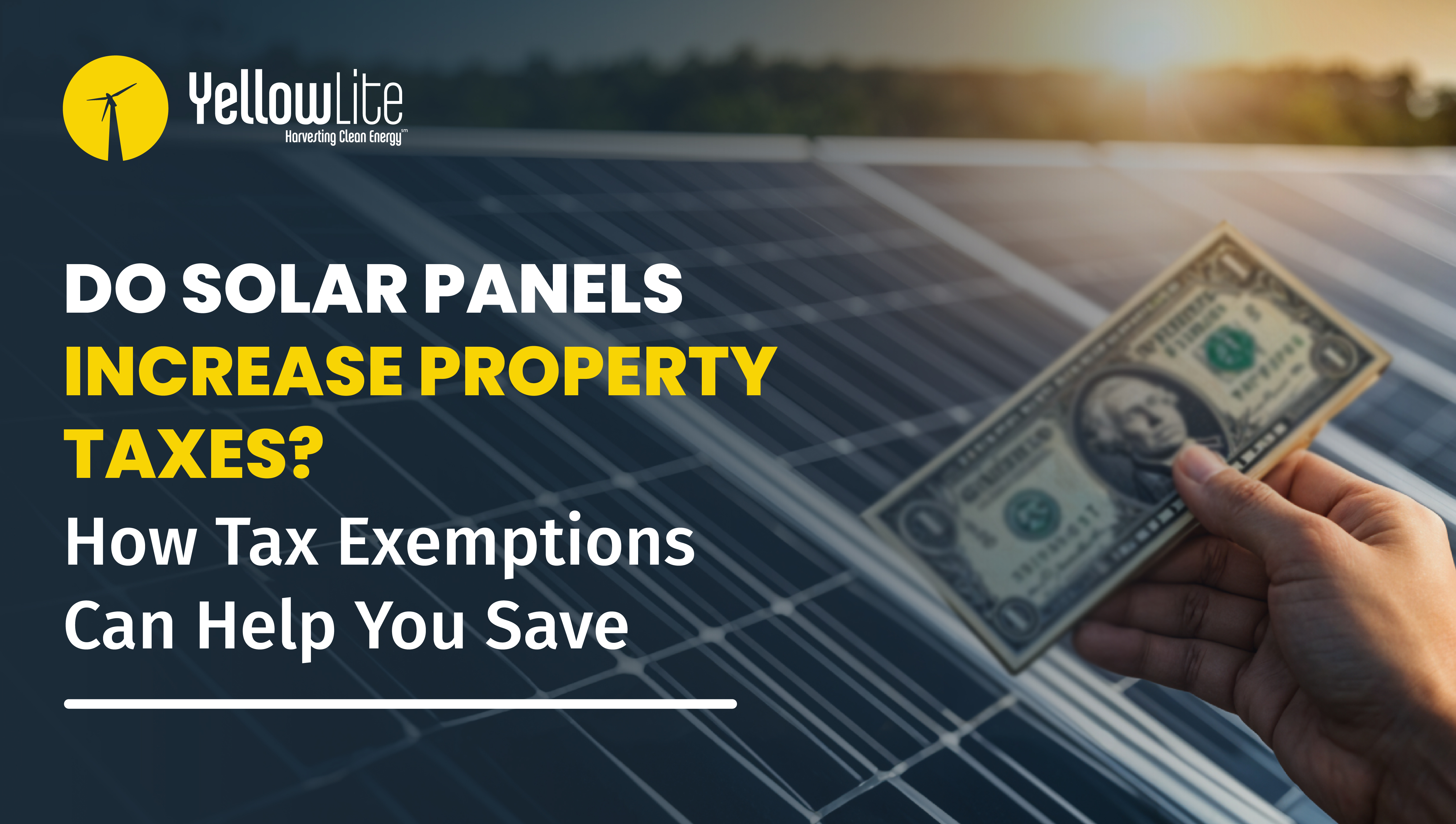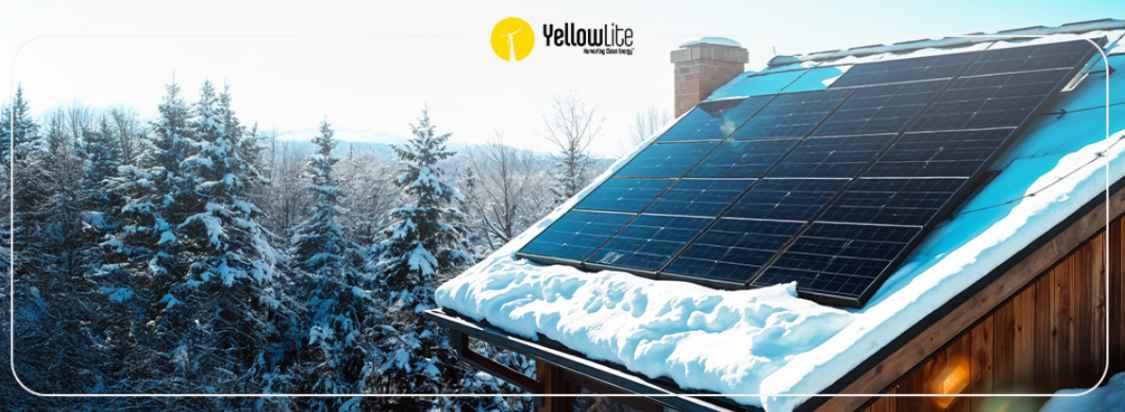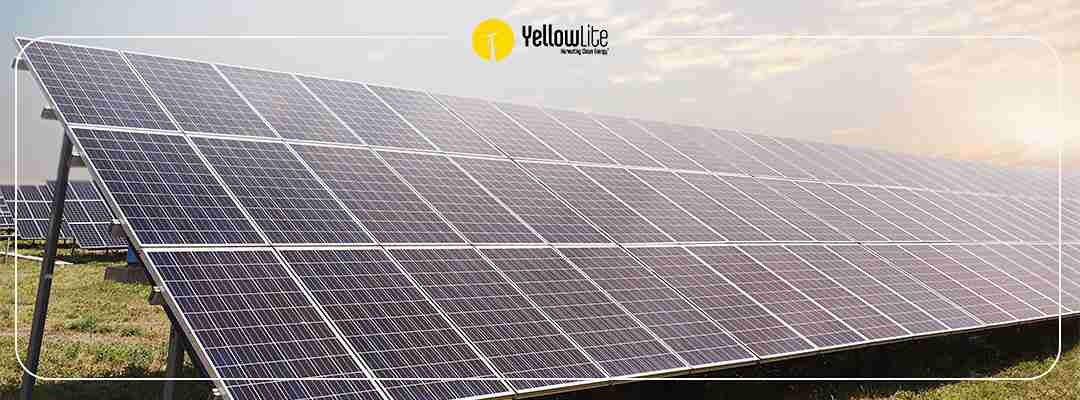Going solar is one of the greatest decisions you can make in your life. Not only will you be doing the very best thing you can for the environment to limit your carbon footprint, you will also be putting equity into your house with an income-generating home improvement where you will earn your money back.
Solar is becoming more affordable than ever. However, it is not without an initial cost. The typical system can cost $15,000 or more, even after the 30% Federal Investment Tax Credit. If you do not have the cash to pay for the entire cost upfront, you will have to get a loan. So what can you expect when you finance solar for your home?
Secured Vs. Unsecured Loans
The main difference between loans is whether the lender will require you to provide collateral (the house) in order to secure access to financing. The second biggest difference is the interest rate will be higher for an unsecured loan.
For secured loans, the lender will hold a lien on your property. Lenders will also assume less risk than unsecured lenders since they can advance a claim on the property if the loan is not repaid, so they may have lower credit score requirements. Many banks don’t require any money down for an initial payment.
Unsecured loans do not require the borrower to use their house as collateral. However, since these loans are riskier for the bank/lender, they oftentimes result in higher interest rates.
The advantages for both secured and unsecured loans are as follows:
Secured loans:
· Requires significant equity in your home.
· Major banks and credit unions offer them.
· Interest paid on secured loans is tax-deductible.
The biggest advantages are that the interest rate is generally a little lower so it is a better long-term loan value than unsecured. You also get to deduct the interest from your taxes. The biggest disadvantage is that if your financial situation changes for the worst, your liability will be attached to your house.
Unsecured loans –
· These do not require your home to be used as collateral.
· If you default, the lender can refer you to a collection agency and your credit score will decrease.
· Interest paid is not tax deductible.
The biggest advantage of an unsecured loan is that it is easier to get and approval can come in just a few minutes. The biggest disadvantage is that the interest rate will be higher so the borrower will be paying more money over the course of the loan term.
Types of Secured Solar Loans
There are four types of secured solar loans
1. Home equity loan – This loan type uses your home as collateral. It lets you borrow against the value you have accrued in your home since its purchase. You get a fixed cash amount and this is repaid through monthly payments at a fixed interest rate.
2. Home equity line of credit – The bank gives you a line of credit that can be drawn from as needed over a certain point of time. The way to determine a home equity amount is to determine the appraised value of the house and then deduct your remaining mortgage balance. Your home equity available will be this difference.
3. FHA loans – An FHA loan is a mortgage insured by the Federal Housing Administration. Borrowers with FHA loans pay for mortgage insurance, which protects the lender from a loss if the borrower defaults on the loan. The bank will not foreclose on your house if you default on your loan. This is because the bank can collect insurance from the FHA.
4. Property Assessed Clean Energy (PACE) Loans – The capital for the loan is provided and the homeowner repays the loan amount through assessments added to his property bill over the course of 20 years.
Why Would Someone Go With An Unsecured Loan?
The biggest reason would be because the borrower did not have enough home equity for a second mortgage or they are uncomfortable using their home as collateral. Unsecured loan terms generally have lower monthly payments so a homeowner can get one right away. Most of the time the loan term will be for many years into the future above and beyond a secured loan.
The big advantage is that if you do not have enough of a down payment for a cash option, you can go solar sooner with an unsecured loan and start saving right away. You will wind up paying more interest over the course of the loan.
What YellowLite Offers
For traditional secured loans, it is always a great option for solar clients to go to their home financial institution. However, for an additional secured loan option, we have developed a long-term relationship with Admirals Bank. You can apply for up to $25,000 in secured financing and an additional $15,000 for an unsecured financing option.
For unsecured loans, we have a long-term working relationship with Green Sky Credit. Here, the maximum loan amount is up to $55,000.
It should be noted that the typical client has to have over a 650 credit score to gain financing. It should also be said that when you look at the total cost of your project, you can add around a 10% financing fee to your contract cost. That is generally a good rule of thumb for figuring out how much solar will cost.



